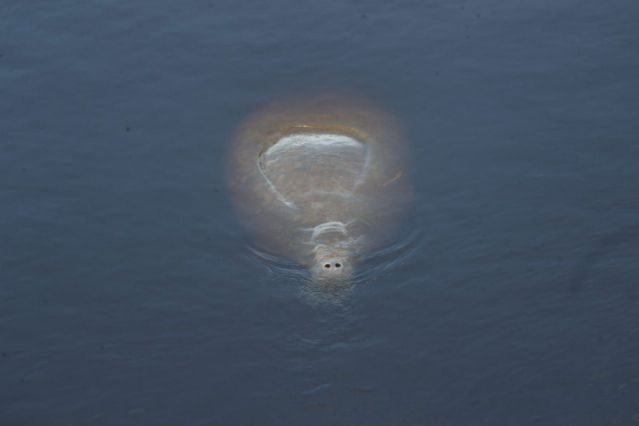OF THE
TIMES
The course of life and labour reminds me of a long journey I once took on the railway. Suddenly, there was a breakdown ahead, and passengers took the event in various ways. Some of them sat still resignedly, and never said a word. Others again, went to sleep. But some of us leaped out of that train, and ran on ahead to clear the road of all obstructions.
FOX NEWS and NEWSMAX TV lie about Israel, while the rest of the legacy media lie about everything else.
I witnessed CERT team member at the Georgia State Diagnostic Center in Jackson, Georgia brag about murdering inmates, though I never saw them...
'Governor Signs Climate Engineering Ban Legislation Into Law' [Link] . "Tennessee Governor Bill Lee has now signed legislation into law that bans...
It troubles me that there is a continual supply of people who consider ' brutality and purposeless sadism' a career path.
Location, location, location! Oy vey, such a deal for you today! Pet, smoke and Arab-free living.
To submit an article for publication, see our Submission Guidelines
Reader comments do not necessarily reflect the views of the volunteers, editors, and directors of SOTT.net or the Quantum Future Group.
Some icons on this site were created by: Afterglow, Aha-Soft, AntialiasFactory, artdesigner.lv, Artura, DailyOverview, Everaldo, GraphicsFuel, IconFactory, Iconka, IconShock, Icons-Land, i-love-icons, KDE-look.org, Klukeart, mugenb16, Map Icons Collection, PetshopBoxStudio, VisualPharm, wbeiruti, WebIconset
Powered by PikaJS 🐁 and In·Site
Original content © 2002-2024 by Sott.net/Signs of the Times. See: FAIR USE NOTICE

Reader Comments
Better check those deceased Manatees for Covid variants.
They are our water borne Mammal cousins.
The run-off an effluent in Florida is full of Covid viral particles, surprises the hell out of me why you let people swim in those waters!
Someone needs to think outside the water streams...
What the heck are all those environmental engineers doing in Florida besides getting fat and drinking beer on our tax dollars and laughing at the University students volunteering to slog around the waterways in Florida under the direction of those same folks to help make future leaders in our environmental sciences.
Let us get real folks, you are killing us year by year...just write another report that no one will read and file it in the DOA cabinet!
R.C.